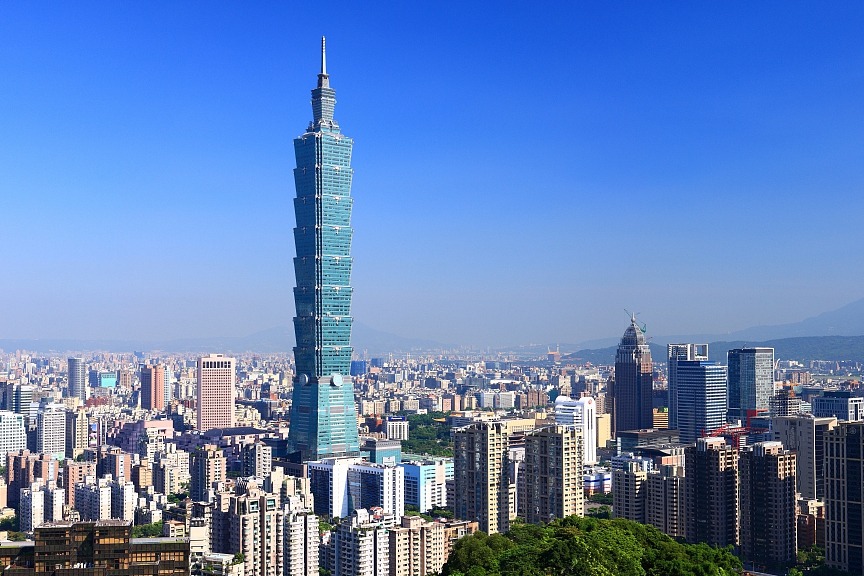Indo-Pacific strategy may reshape relations


At the recent 2019 Indo-Pacific Business Forum, held during the East Asia Summit in Bangkok, Thailand, in early November, the U.S. Department of State released a progress report on the implementation of its “whole government strategy” for the Indo-Pacific region. Titled “A Free and Open Indo-Pacific: Advancing a Shared Vision,” the report details two years of diplomatic, economic, governance and security initiatives that show the “continuing commitment” of the United States “to the Indo-Pacific and how we have strengthened people-to-people ties.”
The report was a continuation of this year’s intensive efforts by the U.S. government across the board to implement its so-called Indo-Pacific Strategy. Beginning with the passage of the Asia Reassurance Act by the U.S. Congress at the end of last year, the State Department issued the Joint Regional Strategy for East Asia and Pacific, laying out the strategic framework of the U.S. strategy based on five goals covering the Democratic People’s Republic of Korea, China, security, socio-economic growth, governance and rules-based order.
With its publication of the strategy in June, the U.S. Defense Department affirmed “the enduring U.S. commitment in the region through the pursuit of preparedness, partnerships and the promotion of a networked region.” The latest report mainly lists what the U.S. has done economically in the region, focusing on infrastructure, energy and the digital economy.
It can be seen that the U.S. has really been trying hard to carry out an Indo-Pacific strategy across all the major foreign policy organs, including Congress, the State Department, DOD and USAID. The efforts also show that with its more confrontational and competitive China policy unfolding during the harsh trade war, the U.S. “whole government” approach toward China creates a virtual Cold War-level adversary. The U.S. wants to pursue an all-dimensional strategy in the region, to compete and win against China across the board.
In the security realm, the U.S. has not hesitated to use its advantages to enhance its military deterrence against China by ensuring combat-credible, forward-postured forces, a reinforcing network of allies and partners and promotion of a networked security structure based on the “rule-based order.”
In the economic sphere, the U.S. is trying to reframe the regional economic structure under the slogan of “fair and balanced trade” and “open investment”. On one hand, the U.S. is bargaining with regional countries, including its allies and partners, to open more to the U.S. market and reduce tariffs. At the same time, it is leading a campaign to counter China’s Belt and Road Initiative.
In the recent report, the U.S. mainly resorts to economics for the region — promoting “high-standard, comprehensive trade and investment policies” — mainly in infrastructure, energy and the digital economy, and asks countries in the region to develop market-based economic systems, private sector finance and an open investment environment, forming a sharp contrast to the so-called Chinese model.
Whether by promoting infrastructure that is “physically secure, financially viable, economically sustainable and socially responsible,” or energy cooperation to “catalyze private sector investment and set transparent, market-based policies” or “an open, inter-operable, secure and reliable internet,” all U.S. wants is to instill a value system based on a network of “like-minded countries.”
This has laid bare the third realm, U.S. ideological competition with China, which is the most fundamental and has threaded through all other dimensions, including security and economy. The 2017 National Security Strategy of the U.S. refers to growing competition between “free and repressive visions of the future international order” as the most consequential challenge facing the U.S., and this competition of social systems, development route and world order has penetrated all aspects of the U.S. Indio-Pacific Strategy.
Therefore the recent report is nothing but a further step in the economic field in an all-around competitive strategy against China. And yet it should be noted that the National Security Report also comments that the U.S. does not seek a cold war with China and would prefer benign competition between the two. The recent address made by American Vice President Mike Pence, though unsparing in his criticism and hard words against China, also reiterated the U.S. intention to build a constructive, “results-oriented” relationship. He implied that cooperation and engagement is still necessary, and a complete “decoupling” is neither feasible nor beneficial to the U.S.
On the other hand, the Chinese government has never officially accepted the “competitive” narrative to describe the bilateral relationship, as the U.S. has. Although at the official level China has downplayed the idea of a “new type of big power relationship,” it has not denied the essence of the concept, at the heart of which is non-confrontation, non-conflict, mutual respect for core interests, equality, and win-win cooperation. China’s attitude toward trade conflict is such that it would not intentionally pursue such a “war” with the U.S. on its own, nor a decoupling from the U.S. economy, which is mutually detrimental Yet this does not mean China will yield to the U.S. pressure. For China, socialist characteristics and territorial integrity are crucial.
As far as the Indio-Pacific region is concerned, both sides need to concentrate on crisis prevention and management of matters involving Taiwan and the South China Sea. Military cooperation, whether bilateral or multilateral, is also quite important in cultivating strategic confidence, given the current uncertainties.
Economically, China has been strengthening regional ties through such mechanisms as the RCEP and BRI, making up for some of its losses from the U.S. market. On the other hand, there is still room for bilateral cooperation in the region. Chinese ways of incorporating this region into a development-oriented global chain will provide public benefits that help U.S. companies.
The U.S. model, which is advanced in its legal practices and more scientific and efficient in dealing with government and private relations — and also experienced in forming mutually beneficial partnerships with local people — will complement China’s model.
In the context of a rising strategic rivalry, the two sides need set up a three-tier model of coexistence in the region, including crisis management, healthy competition and complementary cooperation.
The author is the chief of US foreign policy, Institute of Contemporary International Relations.


































